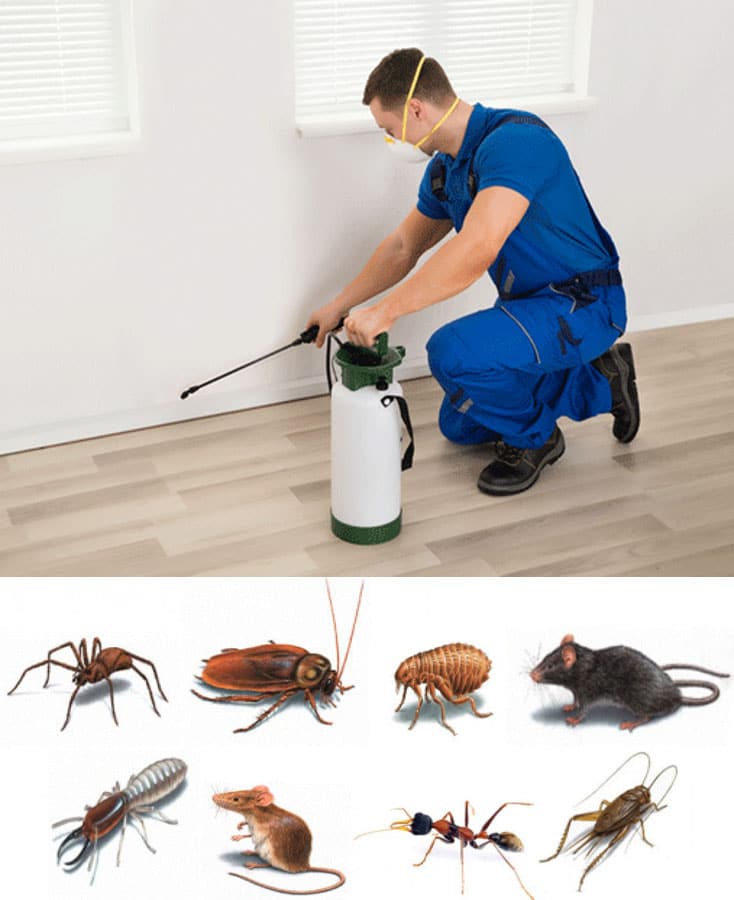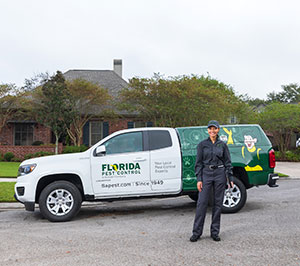Reliable A1 Bed Bug Treatment in Charlotte - Safe and Proven Approaches
Wiki Article
Bed Bug Treatment Malfunction: Contrasting Chemical Vs. Non-Chemical Solutions
In the realm of bug control, specifically when handling the consistent issue of bed bugs, the selection in between chemical and non-chemical treatment options can be a critical one. Both techniques supply distinct benefits and disadvantages, affecting variables such as effectiveness, safety considerations, and total cost. By analyzing the nuanced details of each method, a more clear understanding of which course to pursue in dealing with a bed insect problem can be attained.Effectiveness of Chemical Treatments
Chemical treatments for bed insect invasions have actually been extensively identified for their quick and potent efficacy in eradicating these parasites. When taking into consideration the effectiveness of chemical treatments, it is essential to understand that they can supply a thorough and fast option to a bed pest issue. Expert pest control experts typically depend on insecticides to target bed insects at various phases of their life cycle, including eggs, adults, and nymphs. These chemicals typically function by interfering with the bed pests' nerves, resulting in paralysis and eventual death.Additionally, chemical treatments have the benefit of offering recurring effects, suggesting that they can remain to get rid of bed insects also after the initial application. This recurring activity is especially beneficial in combating any type of potential re-infestations. Additionally, the quick action of chemical treatments can bring alleviation to individuals encountering serious bed pest infestations, enabling them to restore control of their home swiftly.
Safety Interest In Chemical Solutions
One critical element that requires careful factor to consider when using chemical solutions for bed pest treatment is guaranteeing the safety and security of occupants and the environment. Exposure to certain chemicals made use of in bed pest therapies can lead to breathing concerns, skin irritation, or other unfavorable responses, specifically in people with pre-existing conditions or sensitivities.Furthermore, the ecological impact of chemical services is another significant factor to consider. Some chemicals utilized in bed insect therapies might be damaging to advantageous pests, wild animals, and ecosystems if they seep right into the dirt or water supply. It is important to use chemical treatments deliberately, adhering to safety guidelines, and considering less poisonous choices to reduce these risks and make sure the secure and effective management of bed bug invasions.
Advantages of Non-Chemical Methods
Considering the prospective safety issues and environmental impact connected with chemical solutions for bed pest treatment, exploring non-chemical techniques provides a promising option with numerous unique advantages. Non-chemical therapies are environmentally pleasant, as they do not contribute to air or water pollution, making them a lasting choice for insect control.Furthermore, non-chemical remedies can be reliable in targeting bed bugs, including hard-to-reach areas where chemical therapies may not permeate - A1 bed bug treatment in charlotte. Methods such as warm therapy, vacuuming, heavy steam cleansing, and bed mattress coverings provide extensive elimination without the usage of unsafe chemicals.
Limitations of Non-Chemical Treatments

Furthermore, non-chemical treatments commonly call for multiple applications to accomplish successful obliteration. This can be lengthy and might not constantly assure complete removal of all bed bugs and their eggs, particularly in hidden or hard-to-reach locations.
Moreover, the success of non-chemical treatments heavily depends on correct implementation and thoroughness, which can be challenging for people without professional expertise. Inadequate application of find out here non-chemical techniques might lead to insufficient obliteration, bring about relentless infestations and the requirement for additional treatments.
For that reason, while non-chemical treatments have their benefits, it is important to acknowledge these restrictions and consider them when figuring out one of the most reliable approach for handling bed bug invasions.
Expense Comparison: Chemical Vs. Non-Chemical Options
Provided the constraints linked with non-chemical treatments, an essential element to review in the context of bed insect management is the price comparison between chemical and non-chemical alternatives. In contrast, non-chemical treatments like heat therapy or vapor can be more costly, click to read more with prices ranging from $1,000 to $6,000 for a whole home. While the first cost of chemical treatments may appear reduced, multiple treatments might be required to totally remove the problem, potentially enhancing the general cost.Verdict

Considering the prospective security problems and environmental effect associated with chemical options for bed pest treatment, checking out non-chemical strategies offers a promising alternative with a number of unique advantages.Offered the limitations linked with non-chemical therapies, a vital element to examine in the context of bed pest monitoring is the expense comparison between chemical and non-chemical choices. In contrast, non-chemical treatments like heat treatment or vapor can be a lot more expensive, with expenses varying from $1,000 to $6,000 for an entire home. While the preliminary cost of chemical treatments might appear lower, multiple treatments might be called for to completely remove the invasion, possibly enhancing the general cost.In final thought, when comparing chemical and non-chemical bed bug treatment options, it is necessary to take into consideration effectiveness, safety, advantages, constraints, and expense.
Report this wiki page